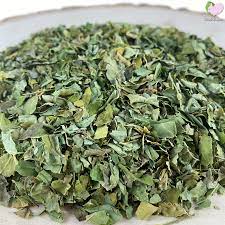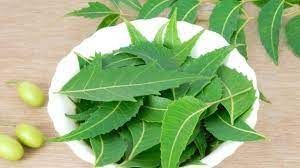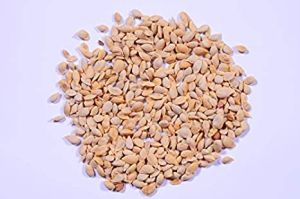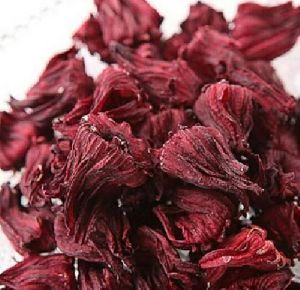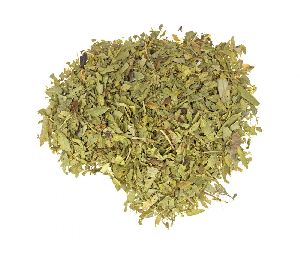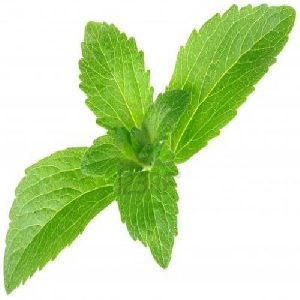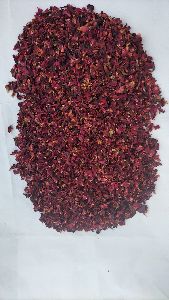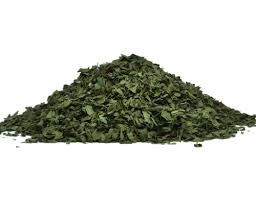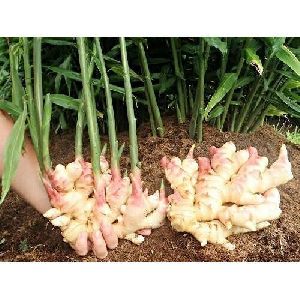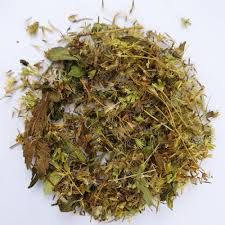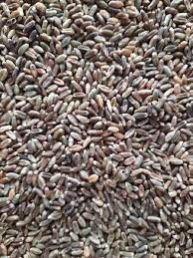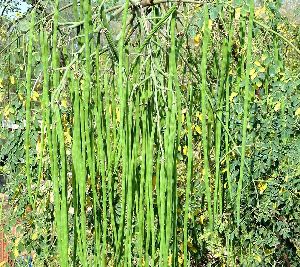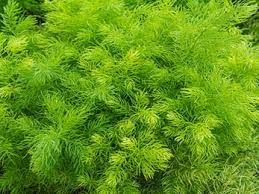- View Mobile Number
| Business Type | Supplier, Trader |
| Country of Origin | India |
| Type | Moringa Oleifera Leaves |
| Application | Medicine |
| Click to view more | |
Product Details
Moringa oleifera Lamarck, originally from India, is widely distributed in many tropical regions; in the Pacific region (Aregheore 2002), in West Africa (Freiberger et al 1998; Lockett et al 2000), as well as Central America and the Caribbean (Ramachandran et al 1980; Foidl et al 1999).
It is a multi-purpose plant cultivated for medicinal applications and used as food and feed. Seeds of Moringa were extracted for oil and curry powder (Golh 1998) and have been used for cleaning water. In some places in Vietnam, Moringa leaves are used for food (Pham Hoang Ho 1970). Agronomic trials with Moringa (Manh et al 2003) show that the plant can grow well in hilly areas, in weathered soils of low fertility in Tinh Bien district, An Giang province. However, information about growth of Moringa in the acid soil regions of the Mekong Delta is almost absent.
Moringa foliage is known as a rich protein source, low anti-nutritional factors (Makka and Becker 1996). Moringa foliages is therefore a potential inexpensive protein source (Sarwatt 2004).
Planting:
The seeds of annual moringa may be directly dibbled in the pit to ensure accelerated and faster growth of the seedlings. The best suited season for sowing the seeds is September under Southern Indian conditions. The time of sowing has to be strictly adhered to because the flowering phase should not coincide with monsoon seasons, which results in heavy flower shedding.A plant spacing of 5 x 8 fit between rows and should be adopted, giving a plant population of 1000 Plants/ha.
Usage:
Growing moringa plants may not require watering except during hot weather when they may be irrigated once a week. Annual moringa responds well to irrigation and the yield can be doubled (vegetable moringa fruit) by drip irrigation as compared to rain-fed crops, Drip irrigation at the rate of 4 lit/day can enhance yields by 57 per cent as compared to rain-fed crop.
Fertilizer:
Moringa trees are generally grown successfully without fertilizers. Southern India, ring trenches are dug about 10 cm from trees during the rainy season and filled with green leaves, manure and ash, and then covered with soil. This is said to promote higher fruit yields If fertilizers are applied, the crop requires 44 : 16 : 30 g NPK/ tree at the time of pinching (75 days after sowing). Nitrogen @ 44g / tree must be applied as top dressing at first flowering (150-160 days after sowing).
Pest & Disease:
Developing fruit are damaged by the fruit fly Gitonadistigmata which can be effectively managed by adopting integrated pest management (IPM) measures. No major disease in India has been reported as affecting the economics of the crop.
Annual moringa, when the harvest is in, the trees are cut down to a height of one meter above ground level for ratooning. These ratoon plants develop new shoots and start bearing four or five months after ratooning. During each ratooning operation, the plants are supplied with the recommended level of n, p and k nutrients.

